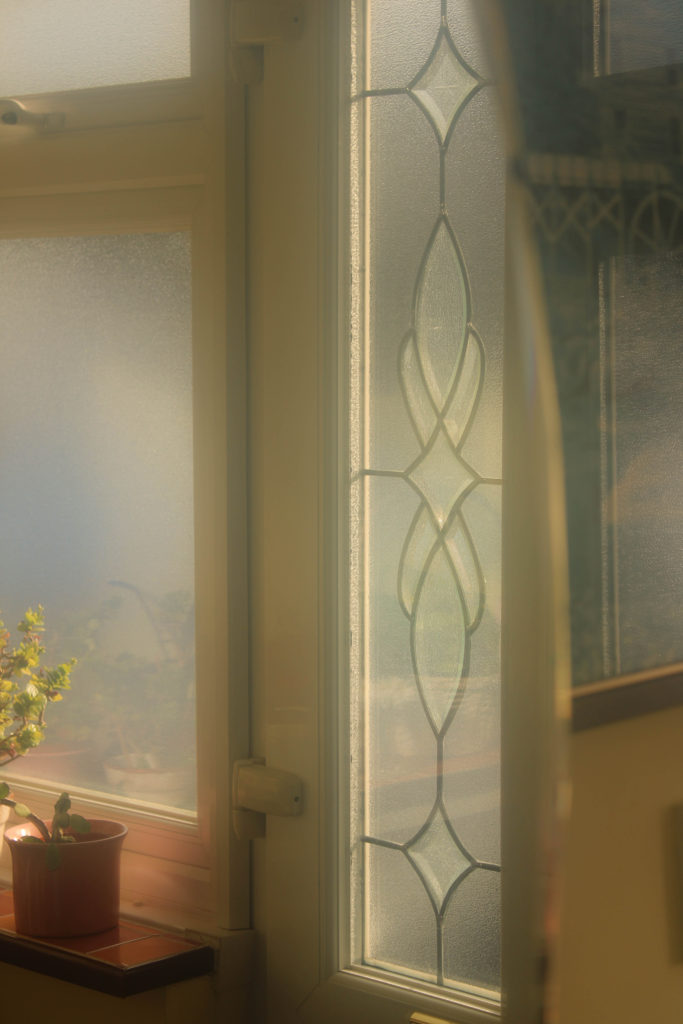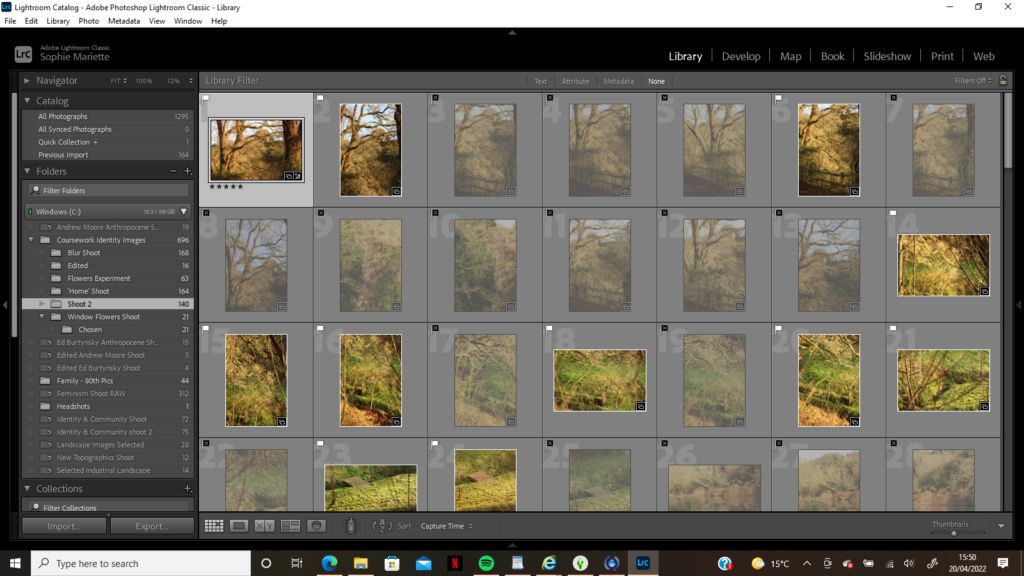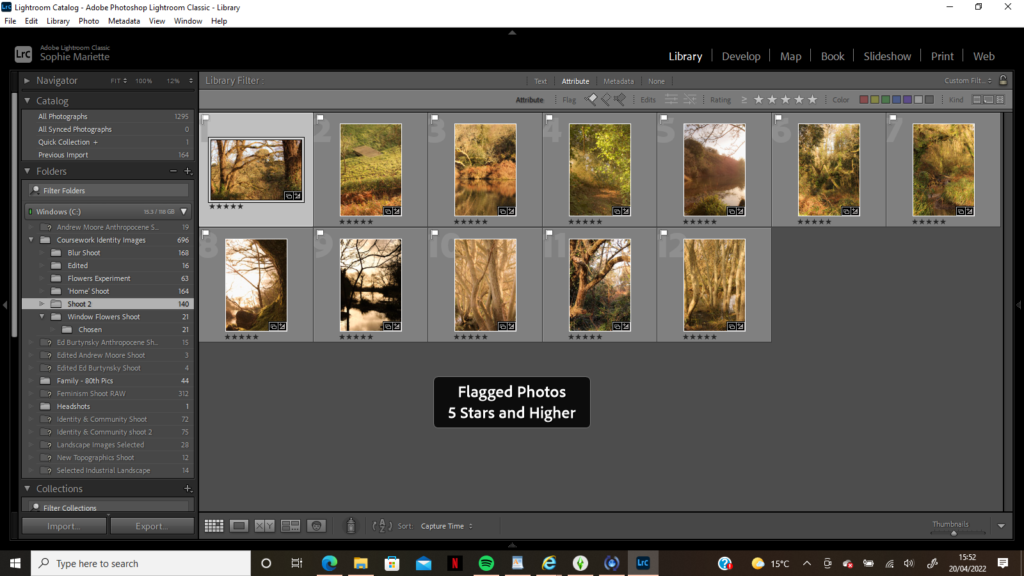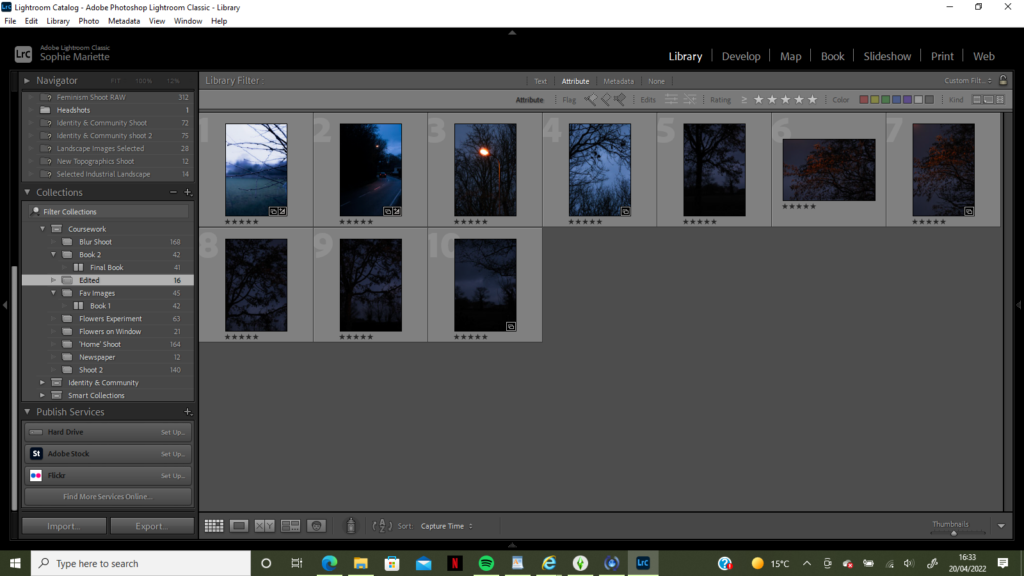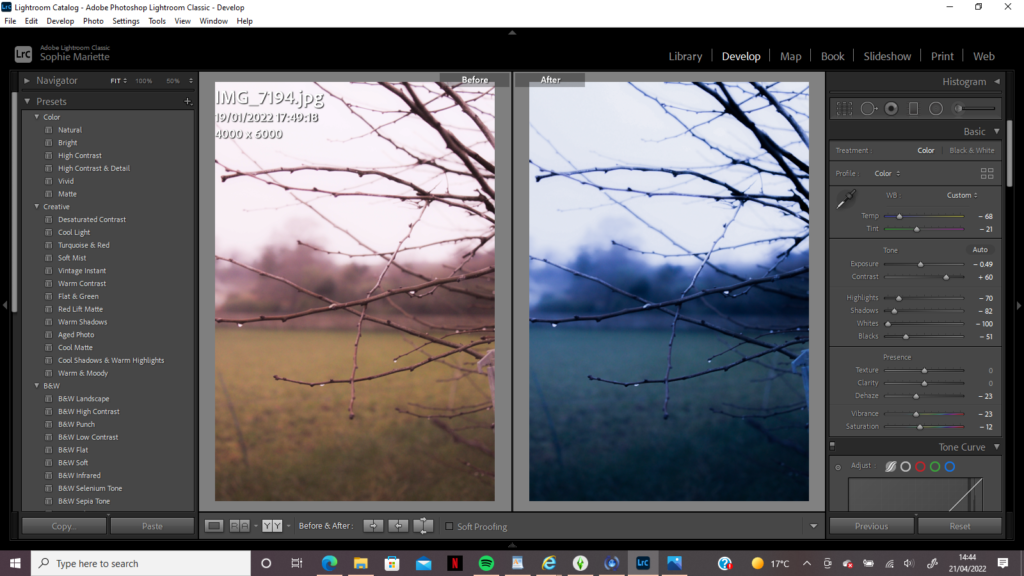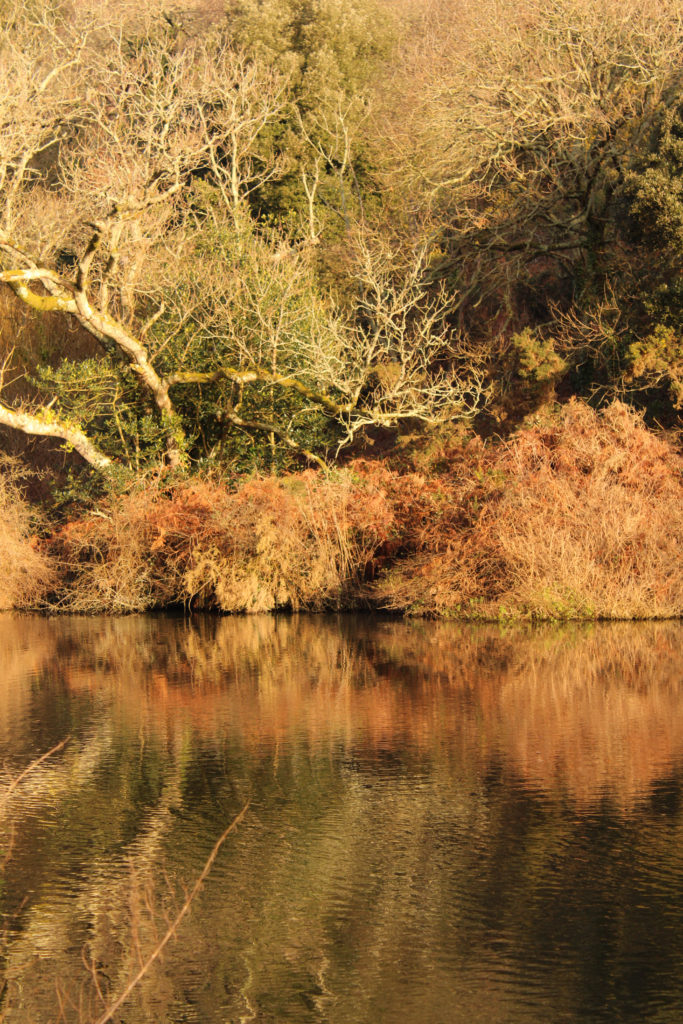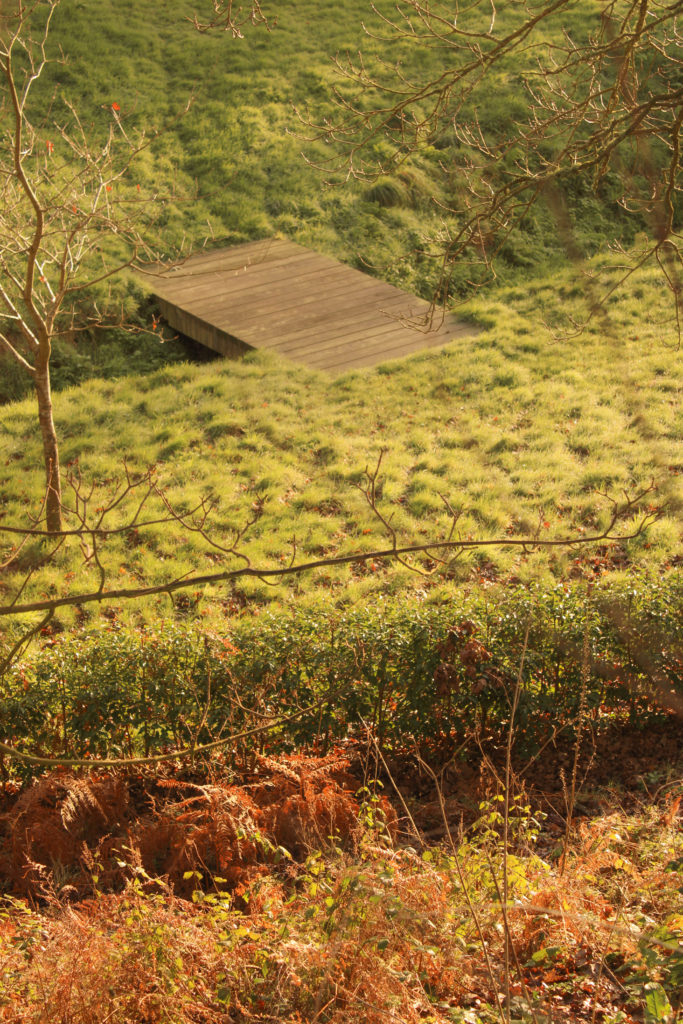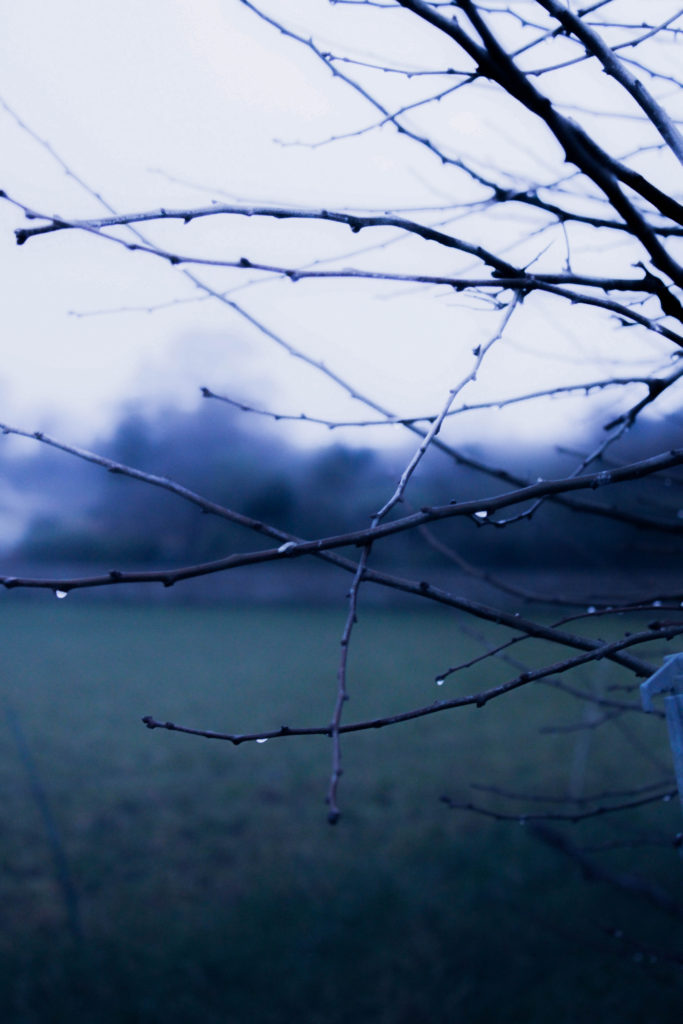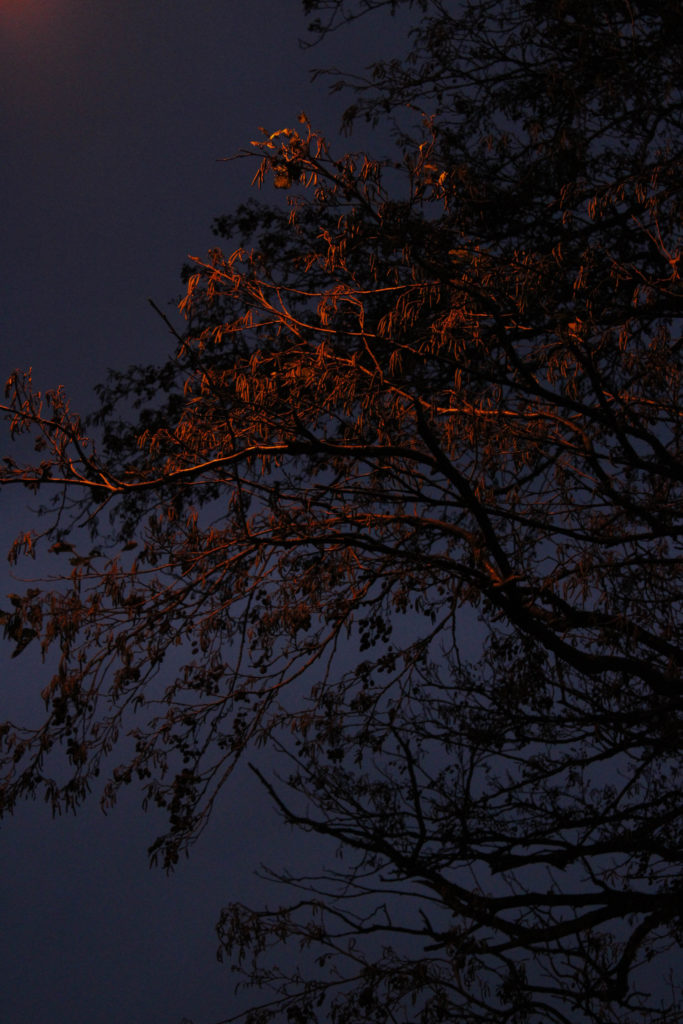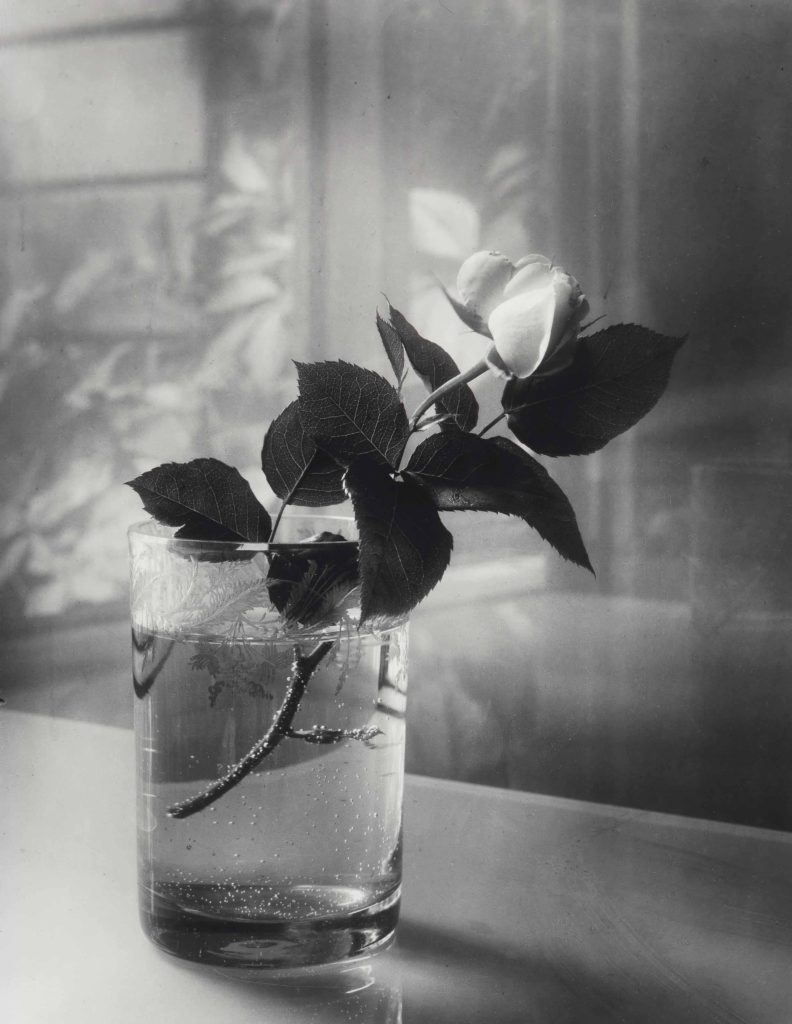Initial aims for shoot:
I wanted to create a set of images that combined the work of Robert Darch and Josef Sudek, mirroring techniques and themes used in Pictorialism photography. I plan on using the main location of Reg’s Garden, a community garden that I used to visit as a child with my grandparents, capturing areas where I would escape into imaginary worlds. I also plan on using my grandparents home for several images, using locations such as the kitchen, hallway and spare bedroom. In these rooms I hope to capture a sense of memory, past and nostalgia by photographing mirrors and doorways, windows that look into the past and provide a view to the future. The theme of safety is one I want to focus on in this shoot, the Pictorialist style will hopefully create a mystical yet welcoming atmosphere, using a soft blurred focus to distort any harsh textures or shadows in each image. I plan on conducting this photoshoot during the mid-afternoon, I want to take full advantage of the bright weather to create exaggerated highlights in my images. Experimenting with the Pictorialism technique is something I really want to explore in this shoot, I plan to bring Vaseline with me on the day to smear over the camera lens, however I would like to try using different materials to create the staple blurred filter over my images. This shoot will serve as an exploration of childhood imagination, physically capturing the Wonderland-like world I escaped to, whether I was happy, sad, confused or anxious – I want to display the dream-like state of ‘playing make believe’.
Editing:
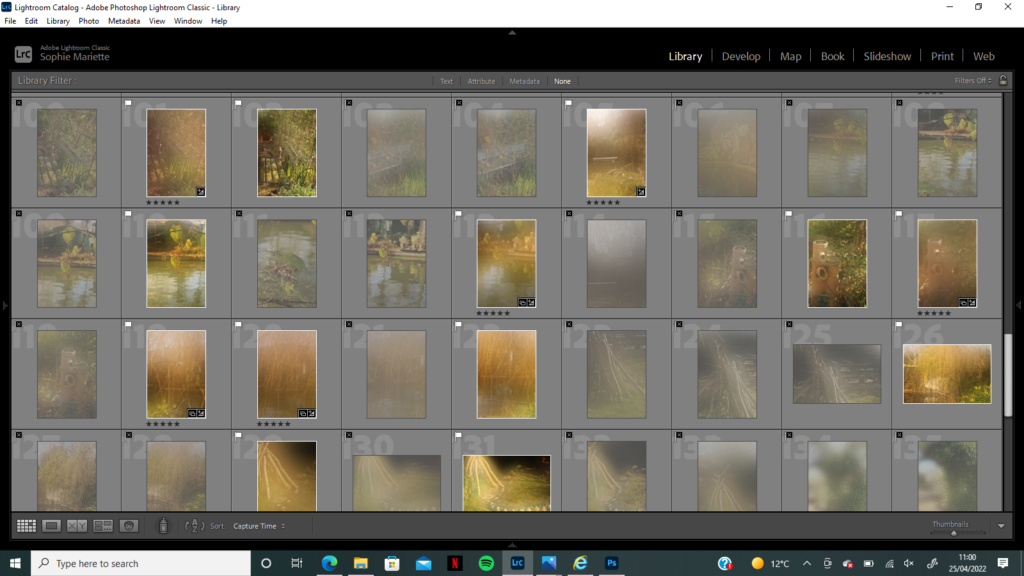
I began editing in Adobe Lightroom, going through each image and flagging it if it portrayed the right atmosphere and theme I wanted to put across. Aesthetics was a feature that had importance in this shoot, I wanted my images to have a whimsical fantasy style that gave the impression of an almost ‘too perfect’ world. I looked for warm tones and orange hues when flagging my images, I found they were more successful when resembling colours of late evening sunsets as it created a cosy and welcoming atmosphere. After flagging my favourite images, I went through them again rating them from 1 -5 and focused on finding the meaning behind each image, when I took this image what did I have in mind? Does that message/idea come across successfully? Additionally, I wanted several images to hold a sort-of ‘escape route’ within them, may it be a door or a window, a clearing in the trees or a bridge to walk across – anything that could lead to this mystical world. Negative space that I captured in my images sometimes served as this ‘escape’, when sorting through and choosing which would be my final images to edit it was clear that keeping this fanciful narrative helped create my desired effect. Below is my selection of 5 star images, I considered colour, composition, meaning and light to create this selection and give the impression of an idyllic world full of imagination.
How I replicated Pictorialism:
I had planned on using Vaseline smeared over the camera lens to mimic that of Pictorialism, nevertheless when I began setting up for this shoot I though of a different idea and technique to create this imagery style. I wanted to create a gradual blur, some images slightly misty and foggy and others completely distorted, to compare how much I wanted to change the atmosphere of my surroundings in each image. Using Vaseline, although effective, was not the most practical material to create this gradual effect, as I would need to keep removing and reapplying the gel to the lens when I wanted less or more blur. Therefore, I thought of using my breath to steam up the lens, as the effect would ware off after a few seconds and I could take multiple shots of the same location as it gradually loses its blur. This allowed me to experiment with how much the lens should be steamed up when photographing to create enough blur to be distorted and dream-like, however not so much that the subject cannot be recognised as a bench or statue. As this project has such a personal connection to me, it was as if I was breathing life into these images to create this other-worldly effect – experimenting with how an image can be manipulated without editing it harshly in Photoshop or Lightroom was something I really wanted to explore. This Pictorialism imagery gives the impression of memories, foggy and blurred but still remembered as happy and content – there is a calmness to this shoot that when mixed with the oil-painting-style imagery portrays an imaginary world where anxiety disappears and childhood can live on.

Experimentation:

The images above and below were both taken in my grandparents home, it was the secondary location to Reg’s garden, holding memories of childhood and happiness. However, during the time of this shoot the lighting and weather was dull and cloudy, blue undertones and shadows made the images seem desolate and forgotten – which was no the atmosphere I wanted to create. When photographing I though of changing the ISO and white balance to create a warmer tone, however I was undecided as to whether the images would make it into my final selection, so did not make the changes. This gave me opportunity while editing to manipulate the highlights, temperature and tint of these photos in order for their colour pallet to match the rest of the blurred images. Instead of keeping the cold blues and putting these images with the ‘nightmare-style’ shoot, it made no sense to take a photo of a happy, loving place and change its whole meaning – therefore slightly warming the temperature and tones helped create my desired mood of welcoming. My grandparents home has always been a place where I have felt safe, as a child I would create stories in every room and escape from the outside world, using props such as cutting boards for boats or shields and curtains to keep the ‘monsters outside’ – all of these memories are now foggy yet still so clear, I wanted to use a Pictorialist style to show this.

Final Edited Images
Overall I am very pleased with how the final edits of this shoot turned out, using breath to manipulate the camera lens and capture a distorted scene allowed me to experiment with how a Pictorialist style can represent a fantasy world. Themes of serenity, perfection, calmness and persuasion were all ideas I wanted to keep in mind during the shoot. Using the style of Robert Darch by capturing nature in all of its beauty, and of Josef Sudek by taking his use of misty blurred surroundings, altogether created this display of fantasy. Using pink and orange tones that replicated a sunset throughout created this warm welcoming atmosphere, which will be disrupted by the harsh ‘nightmare’ shoot images which will break up my photobook. I am using Darch’s technique of progressing narrative through colours and tones, in The Vale of Despond by Dan Cox he describes this in Darch’s work; “A change in the palette of the images, another influence from the cinematic, signals this move, with cooler blues and yellows fading into greys, as the space becomes increasingly hostile.” I plan on creating a third photoshoot delving more into the world of Josef Sudek, being influenced by his study of flowers on a window sill and linking it to themes of adapting to my surroundings and to change. I want to progress these ideas further by experimenting more with the Pictorialism blur and using it to capture scenes in Sudek’s style.







